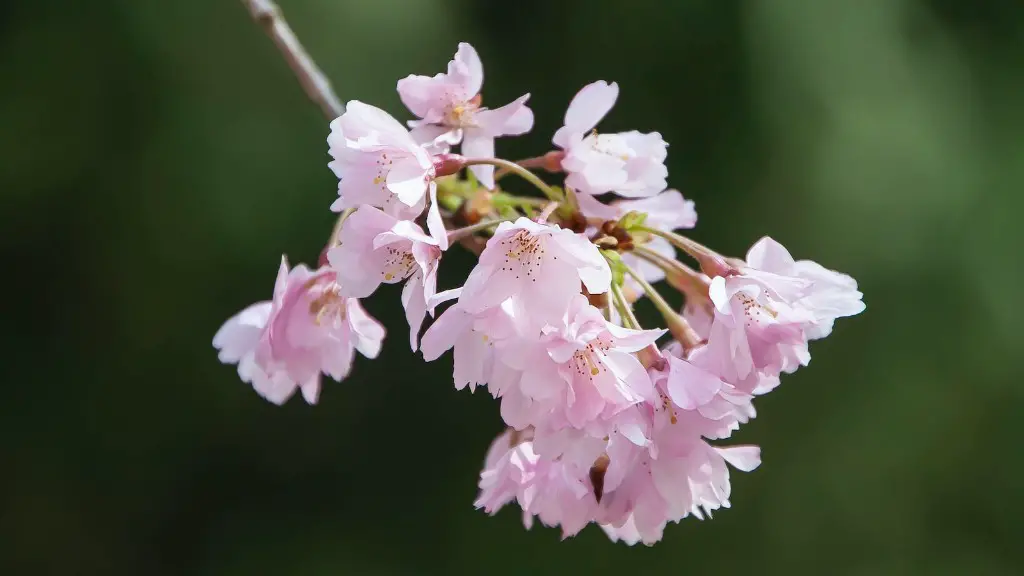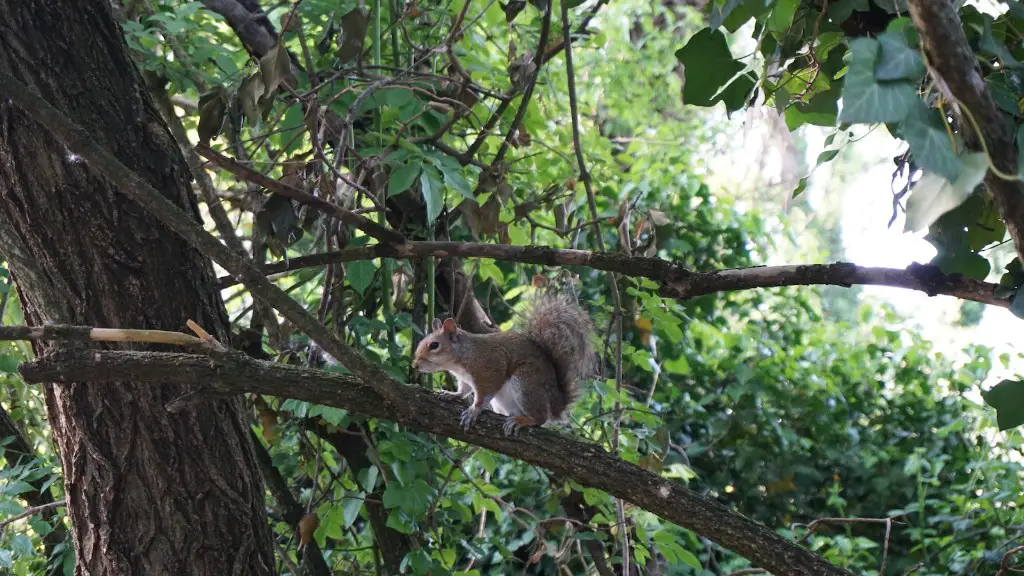Soil Conditions
Weeping cherry tree seeds require a specific soil environment in order to properly germinate and grow. Ideally, the soil should be rich in organic matter and free-draining. The pH level should be between 6.0 and 6.5, as this is essential for healthy root development. The soil should also be free of weeds and rocks to help ensure adequate drainage and create a hospitable environment.
In addition, it is essential to remove any debris from the soil, such as leaves or twigs, before planting the seeds. This ensures that the seeds are not competing for resources with other plants, and can focus all of the energy they have on the germination process.
Planting the Seeds
The best way to plant weeping cherry tree seeds is to sow them directly into the soil. If the climate is dry or there is a risk of the seeds drying out before they germinate, you can soak them in a cup of water overnight before planting. This helps to soften the tough outer husk of the seed and accelerate germination.
When planting, it is important to bury the seeds no more than one inch deep in the soil. It is also important to avoid planting too many seeds in one spot, as the seedlings can become overcrowded and inhibit growth. Plant the seeds about two to three feet apart for best results.
Watering and Fertilizing
Weeping cherry tree seeds should be kept moist at all times, as this promotes rapid germination. To ensure that the soil remains moist, it is important to water the area regularly, taking care not to oversaturate the soil.
It is also beneficial to fertilize the weeping cherry tree seeds once they have sprouted. A balanced fertilizer, such as a 10-10-10 mix, should be applied to the soil after the seedlings have reached a few inches in height. This helps to ensure that the trees have access to the nutrients they need in order to grow healthy and strong.
Pruning and Training
Once the seedlings have reached a few feet in height, it is important to prune and train the trees in order to give them the proper shape and form. The goal of pruning is to create a vase-like form with several tiers of branches. This form is important for weeping cherry trees, as it helps to maximize their unique beauty.
When pruning, it is important to use clean, sharp shears, and to take care not to over-prune the tree. The goal should be to create the desired shape by removing only the necessary branches in order to maintain the tree’s health.
Support Structures
In some cases, it is beneficial to provide additional support for the weeping cherry tree. This can be done by inserting a stake in the ground next to the tree and tying the trunk to it. This helps to keep the tree from becoming misshapen over time due to heavy winds or snow.
It is also important to use a type of twine that won’t damage the tree, such as organic jute. The twine should be tied loosely so as not to choke the tree, and should be removed once the tree has established itself.
Transplanting
Once the weeping cherry tree seedling has reached a few feet in height, it is important to transplant it to its permanent home. In order for this to be successful, the soil that the tree is growing in needs to be properly dug up, taking care not to damage the roots.
Once removed from the ground, it is important to choose a spot that is in an area with access to full sun and well-draining soil. At this point, it is also important to amend the soil with organic matter, as this will help to promote strong root development.
Protection
Weeping cherry trees are hardy and can generally withstand even the toughest of winters. However, young trees may need additional protection in order to survive the harsher months. This means wrapping the trees in a burlap or other protective material during heavy winds and snowfall.
It is also important to keep an eye on the trees for signs of pest or disease, such as discoloration or wilting leaves. If any signs begin to appear, it is essential to take action as soon as possible in order to ensure the tree’s health.
Fertilizing for Continued Growth
In order to ensure the continued growth and health of the weeping cherry tree, it is essential to apply a balanced fertilizer regularly. This should be done at least twice per year, in the spring and fall, to ensure that the tree has access to all of the nutrients it needs.
Organic fertilizers are particularly beneficial for weeping cherry trees, as they provide a slow and steady release of nutrients that can help to keep the tree healthy and strong. Additionally, organic fertilizers are much less likely to contaminate the environment with potentially harmful chemicals.
Protecting Against Pests
Weeping cherry trees are relatively resilient, but they can still be vulnerable to certain pests and diseases. To protect the tree from attack, it is important to avoid overwatering and fertilizing, as this can lead to an environment that is ripe for pest infestation. It is also important to check the tree regularly for signs of infestation, such as holes in the leaves or discoloration.
If pests are noticed, it is important to act quickly and use natural methods of pest control, such as neem oil or soap water. Insecticides should be avoided whenever possible, as they can be harmful to the environment and other plants and animals.
Fungal Issues
Weeping cherry trees are vulnerable to certain types of fungus, particularly during the late summer and early fall months. To prevent the spread of fungal disease, it is important to avoid overwatering and to keep the area around the tree free of wet leaves and other debris.
It is also beneficial to remove any diseased leaves from the tree immediately, as this can help to prevent the spread of the fungus to healthy parts of the tree. Additionally, it is important to apply a fungicidal spray to the tree in order to keep the fungal problem at bay.
Proper Pollination
In order for the weeping cherry tree to bear fruit, it is essential that it undergoes proper pollination. This means that a different variety of weeping cherry tree must be planted within close proximity, as the pollen from this variety will be used to pollinate the original tree.
For optimal pollination, it is important to ensure that the different varieties of trees are planted at least twenty feet apart. This will help to ensure that the trees are able to pollinate each other without any interference. Additionally, it is important to provide access to bees and other pollinators, as this further increases the likelihood of successful pollination.


